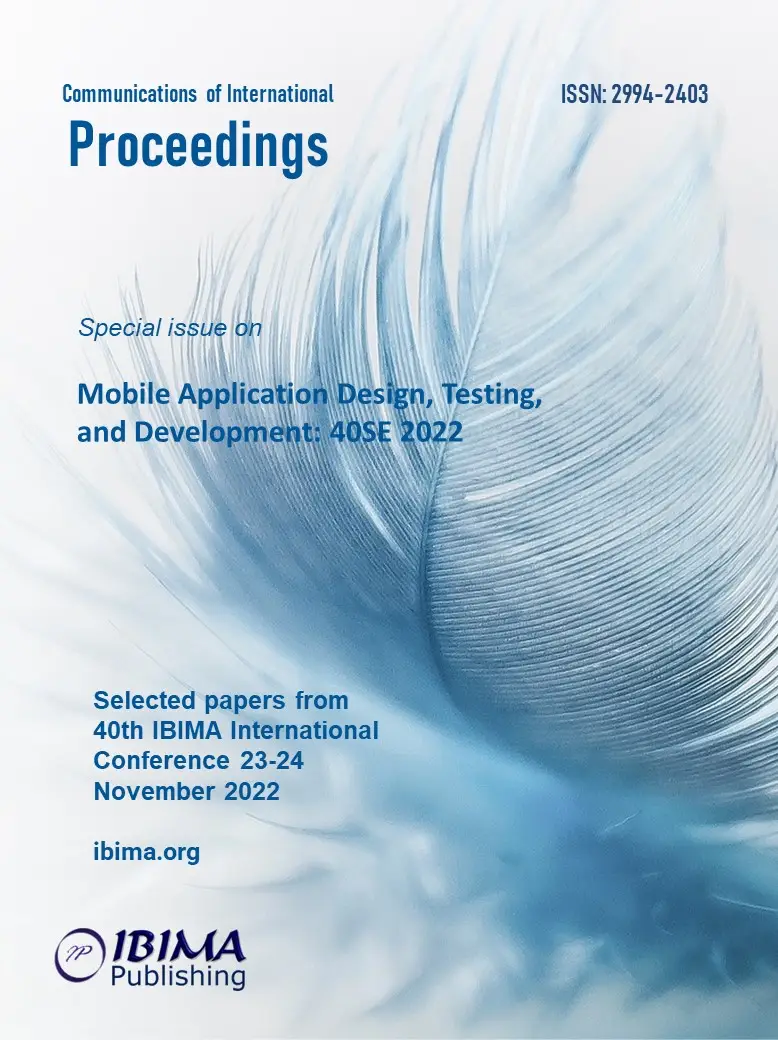
Hammad H. QURESHI and Doris Hooi-Ten WONG
Universiti Teknologi Malaysia, Malaysia

In this modern age, mobile phones have become the most user-friendly and popular device in the world. These mobile phones offer several applications that meet the needs of the visually impaired (VIP). Complexity Navigation, persistent layout, inappropriate input methods, device-to-device interactions, and different factors ignored by mobile application designers in the case of VIPs. accessibility are some of the usability issues of today’s mobile touchscreen applications for VIPs. With modern mobile phones, many adaptive features help VIPs perform their duties. This paper aims to improve the content and interface design guidelines for mobile application development for VIPs. The adaptive features of the iOS and Android platforms consist of voice commands, screen rotation, child mode, and LED notifications. There are many design guidelines that are used in the development of mobile applications but are not used properly in the case of VIPs. In this study, there is an overview of around 35 mobile application developers with the help of a questionnaire to recognize the accessibility of the current mobile application design process for visually impaired people. These mobile application developers help me out by a) advance acknowledge of a particular design of mobile applications for VIPs, b) reducing the difficulties of VIPs to pinpoint the impressive support for designing the mobile applications, and c) accessibility issues discussed in more depth with VIP and mobile application designer. The result shows that mobile application developers give less attention to the guidelines of mobile applications for VIPs. In conclusion, it was observed that the ratio of accessibility design guidelines in mobile application designs is moving towards advancement concerning visual impairments.